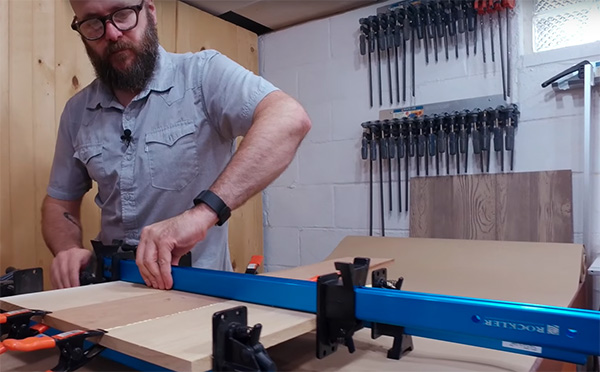
Before David Picciuto was a woodworker, he was a hobby photographer. As he was getting ready for an art show, he went to get some of his artwork framed and was quoted a price of $100 for each wooden frame. His reaction was that the quoted price was too expensive, and “I took woodworking in high school; I can do this.”
After purchasing a miter saw and realizing he didn’t have other tools he needed for the project, David said he realized why the quoted price for the frames was so expensive. (And he still hasn’t made them.) But he did find a renewed interest in woodworking.
From that high school shop class, he had some knowledge of the use of tools, but he also educated himself through magazines, YouTube videos and signing up for an in-person class once a week with a local woodworker.
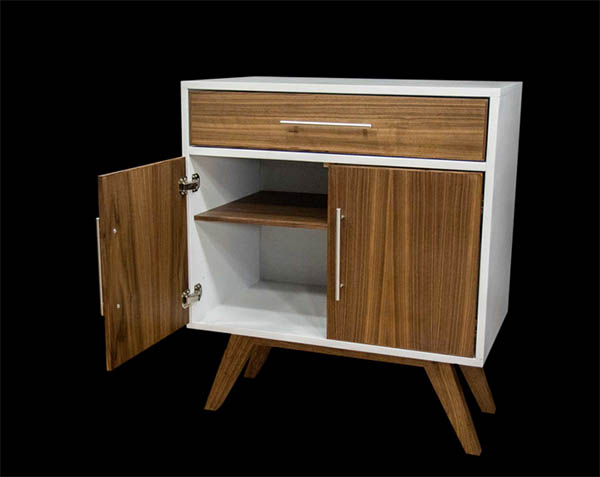
Professionally, at the time, David was a web developer, and he built a website for his woodworking, thinking, “I’ll just document my projects.” He had, in fact, at one point tried to go into business for himself as a web developer, since he had always wanted to work for himself, but it didn’t work out.
After a year passed with his woodworking hobby, however, David realized a) he had spent a lot of money on tools and b) “with my photography background, I should start a YouTube [channel]. Woodworking really took over my life, and it was my new love. I did not enjoy web development once I started woodworking.”
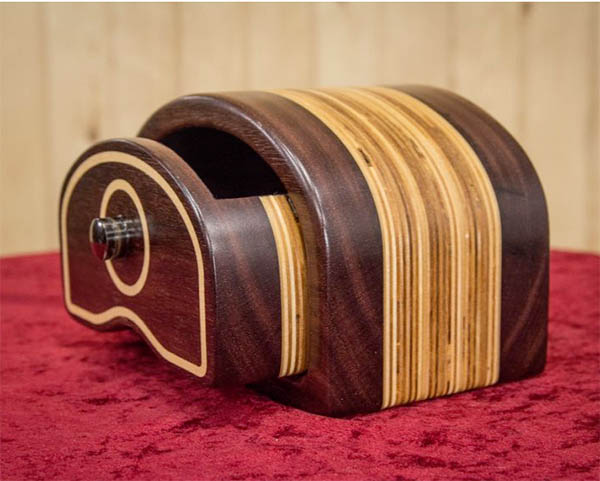
He started out with band saw boxes, which he says is what “really got me into woodworking. It was instant gratification.” At the time, most of the other band saw boxes he had seen “were all amoeba-shaped, so I thought, ‘I’m going to make them a little different, with circles and rectangles.”
And, once he started selling things, David realized, “Oh, I could do this full-time.”
That wasn’t his original plan, which is why he dropped his original online moniker, “The Drunken Woodworker,” around the middle of last year. “When I got started, I called myself ‘The Drunken Woodworker.’ It was a joke. I had no idea this was going to be my career. Then I had a 13-year-old kid introduce me to his dad at an event, ‘This is the Drunken Woodworker.’ It was embarrassing.”
In general, David said, when choosing projects, “I try to do things that other people aren’t doing. I like to think of myself as a creative person.” For instance, he will find items at antique or thrift stores, tear them apart and rebuild them – using the “guts” of clocks, or getting rid of the plaser mount for a desk lamp and adding a mahogany base, for instance. “I like making things out of trash, and I really enjoy taking old things and combining with new.”
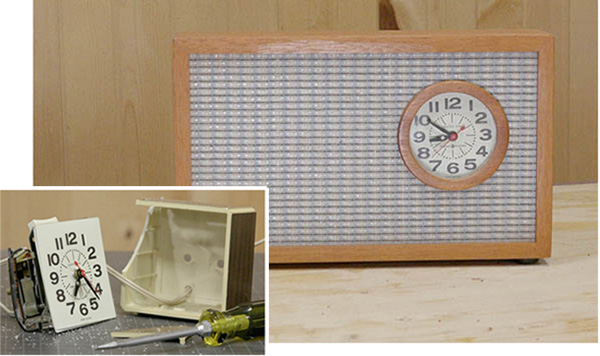
He’s done that with music (David is also a musician), and he expands it to other projects, like an old guitar amp he found at a thrift store, tore apart and made into one that hangs on his wall.
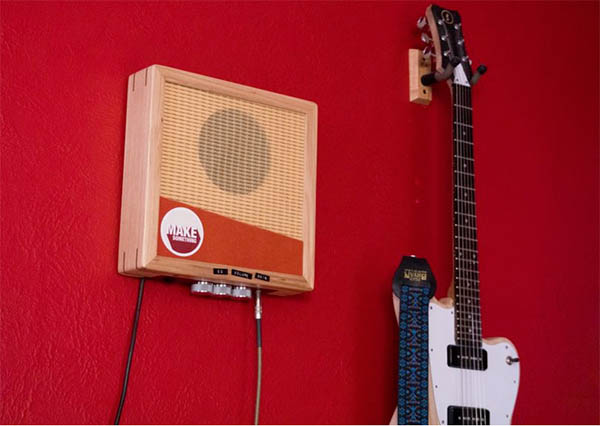
David has also been finding old woodworking books on these thrift store expeditions, and recently made a dachshund-shaped tie rack from a 1950s-era book. “I kind of want to get into things that don’t fit into the modern-day lifestyle,” he said.
“The latest project is usually my favorite; there’s not a particular tool or technique I like more than another,” David said. His criteria focus more on style. “I really love Sam Maloof because he had a style. That’s what I want in the future. I want somebody to look at something in the future and say, ‘That’s a Picciuto. Whatever gets me to that style, that’s what I’m going to use.’”
He does appreciate exotic woods, as well as walnut: “Whenever you put oil on wanut, it’s beautiful. And where I live, it’s easy to get, and relatively cheap.”
And, in recent projects – a series of cutting boards for his forthcoming book this fall with Spring House Press – David has tried bamboo. “It’s fun to work with; it takes oil well. I think you’re going to see a lot more bamboo projects from me in the future.”
The cutting board book is a follow-up to David’s book from last year, The New Bandsaw Box Book, which features several patterns for his modernized band saw boxes.
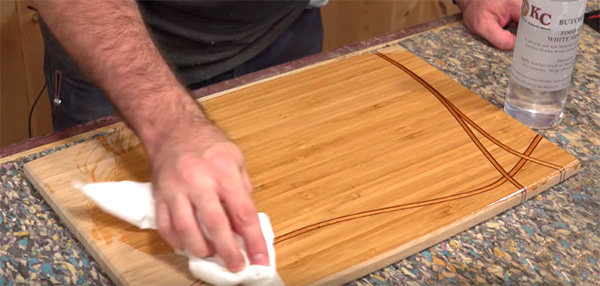
Overall, David said, “I don’t want to teach woodworking as much as I want to teach creativity. I think if you dig deep enough, you can learn creativity, so eventually people go out and do metalwork or be a woodworker or whatever and just make something and learn to be creative.”






